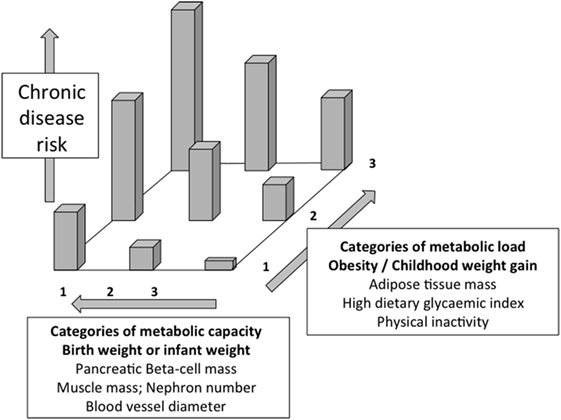Report on Dutch Prime Minister’s Visit to China and Bilateral Trade Relations
Overview of the Visit
On March 27, 2024, Dutch Prime Minister Mark Rutte and the Minister for Foreign Trade and Development Cooperation Geoffrey van Leeuwen visited China. They met with Chinese President Xi Jinping and Minister of Commerce Wang Wentao to discuss expanding bilateral cooperation and address international and regional issues.
Background of China-Netherlands Relations
The diplomatic relationship between China and the Netherlands dates back to November 1954, with ambassadorial status established in 1972. Over the years, the two countries have developed strong political, business, cultural, and people-to-people exchanges.
Trade Relations and Sustainable Development Goals (SDGs)
In 2021, bilateral trade reached a record high of US$116.45 billion. However, there is a trade imbalance, with the Netherlands importing more from China than exporting to it. The Netherlands is the EU’s largest importer from China and the third-largest exporter to China within the EU.
- China’s main exports to the Netherlands include telephones, semiconductors, computers, electrical transformers, and electric batteries.
- The Netherlands’ main exports to China include malt extract, machinery, polyacetals, pig meat, and medicaments.
The trade relations between the two countries contribute to several SDGs, including SDG 8 (Decent Work and Economic Growth) and SDG 9 (Industry, Innovation, and Infrastructure).
Bilateral Investment Landscape
Bilateral investments are crucial to the relationship between China and the Netherlands. Dutch companies have invested significantly in China, aligning with China’s investment priorities in rural revitalization, green transition, and healthcare—areas that are key to achieving SDGs such as SDG 3 (Good Health and Well-being), SDG 7 (Affordable and Clean Energy), SDG 11 (Sustainable Cities and Communities), and SDG 12 (Responsible Consumption and Production).
- Dutch investments in China focus on life science and health, agriculture and AgriTech, renewable energy, and high-tech systems.
- Chinese investments in the Netherlands have diversified into sectors such as transportation, logistics, electronics, high-tech systems, and life sciences.
Rotterdam Port as a Strategic Investment Hub
The Rotterdam Port is a significant investment hub for Chinese companies, enhancing trade routes that support SDG 17 (Partnerships for the Goals).
Trade and Investment Agreements
China and the Netherlands have signed agreements like the Bilateral Investment Protection Agreement (BIT) and the Avoidance of Double Taxation Agreement to promote economic growth and reduce tax burdens for businesses operating in both countries.
Outlook for Future Relations
The recent meeting between Dutch PM Rutte and Chinese President Xi Jinping suggests potential for enhanced cooperation across various sectors. Careful consideration of economic strategies will be essential to mitigate potential repercussions and support SDGs.
About Us: China Briefing is part of Asia Briefing publications by Dezan Shira & Associates. For assistance in China, contact china@dezshira.com or visit www.dezshira.com.
SDGs Addressed in the Article
The article addresses several Sustainable Development Goals (SDGs), including:
- SDG 8: Decent Work and Economic Growth
- SDG 9: Industry, Innovation, and Infrastructure
- SDG 17: Partnerships for the Goals
Specific Targets Under Those SDGs
Based on the article’s content, the following specific targets can be identified:
- Target 8.2: Achieve higher levels of economic productivity through diversification, technological upgrading, and innovation.
- Target 9.3: Increase the access of small-scale industrial and other enterprises to financial services, including affordable credit, and their integration into value chains and markets.
- Target 17.11: Significantly increase the exports of developing countries, in particular with a view to doubling the least developed countries’ share of global exports by 2020.
Indicators Mentioned or Implied in the Article
The article implies several indicators that can be used to measure progress towards the identified targets, such as:
- Indicator for Target 8.2: Growth rates of GDP per employed person.
- Indicator for Target 9.3: Proportion of small-scale industries in total industry value added.
- Indicator for Target 17.11: Developing countries’ and least developed countries’ share of global exports.
Table of SDGs, Targets and Indicators
| SDGs | Targets | Indicators |
|---|---|---|
| SDG 8: Decent Work and Economic Growth | Target 8.2: Achieve higher levels of economic productivity through diversification, technological upgrading, and innovation. | Indicator: Growth rates of GDP per employed person. |
| SDG 9: Industry, Innovation, and Infrastructure | Target 9.3: Increase the access of small-scale industrial and other enterprises to financial services, including affordable credit, and their integration into value chains and markets. | Indicator: Proportion of small-scale industries in total industry value added. |
| SDG 17: Partnerships for the Goals | Target 17.11: Significantly increase the exports of developing countries, in particular with a view to doubling the least developed countries’ share of global exports by 2020. | Indicator: Developing countries’ and least developed countries’ share of global exports. |
Copyright: Dive into this article, curated with care by SDG Investors Inc. Our advanced AI technology searches through vast amounts of data to spotlight how we are all moving forward with the Sustainable Development Goals. While we own the rights to this content, we invite you to share it to help spread knowledge and spark action on the SDGs.
Fuente: china-briefing.com

Join us, as fellow seekers of change, on a transformative journey at https://sdgtalks.ai/welcome, where you can become a member and actively contribute to shaping a brighter future.






